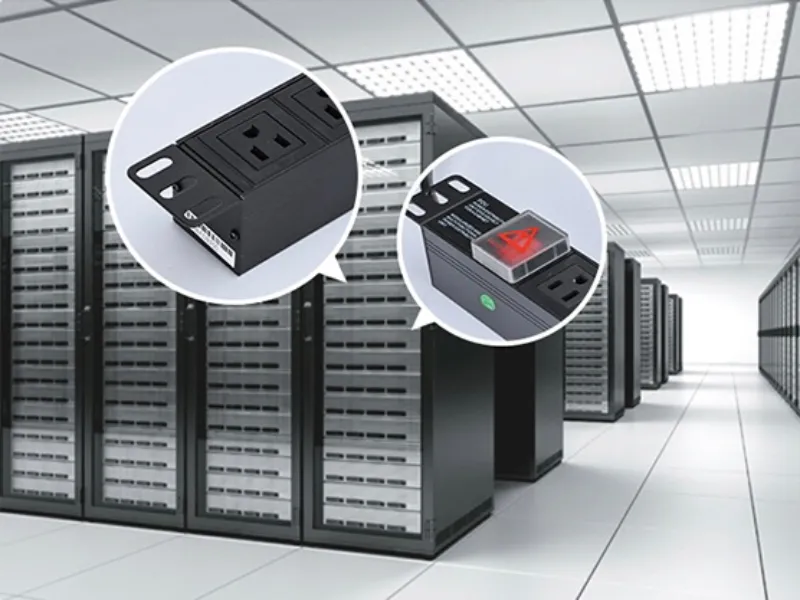- A power distribution unit, or PDU, distributes continuous network power to multiple devices.
- A PDU relays AC power from a generator to networking hardware, servers, telecom equipment, and other critical devices.
Power is a foundational element of data centre operations. Without a highly reliable power source, data centre operators cannot ensure the availability and performance of IT systems. That’s why the power distribution unit (PDU) is one of the most important components of the data centre infrastructure.
What is a power distribution unit
A power distribution unit, or PDU, distributes continuous network power to multiple devices. A PDU doesn’t condition or generate power but relays AC power from a generator, an uninterruptible power supply (UPS), or a utility power source to networking hardware, servers, telecom equipment, and other critical devices.
Also read: Exploring nuclear power plants: Engineering energy solutions
Also read: How do load balancer servers optimise network traffic?
What a power distribution unit does
The job of a PDU is to bring power from a primary electrical source into the data centre. Floor-mounted PDUs, also known as main distribution units, can supply 300kVA or more to power multiple racks and cabinets. Standard-density rack mount PDUs are generally rated up to 5kW, and high-density PDUs up to 10kW. There are also ultra-high-density PDUs for even greater power loads.
PDUs are engineered for installation in special equipment racks, conveniently keeping power within reach of rack-mounted devices like routers, services, switches, or cooling fans. PDUs are typically employed in data centres, VoIP phone systems, network closets, and industrial environments.
Beyond standard power distribution, PDUs offer in-depth power monitoring and management. A rack-mount PDU can supply AC or DC power and may have various types of receptacles to support different equipment plugs. Larger PDUs have color-coded sections that coordinate outlets with a circuit breaker to prevent unbalanced loading. Locking features reduce the risk of accidental disconnects. Best-in-class units are configurable to meet specific needs. See our blog on PDU power cord types for more information.
How to choose a power distribution unit
It’s important to evaluate the specifications of the PDU against the power requirements of the equipment in the rack or cabinet before making a purchase. Key considerations include:
1. Does the data centre supply AC or DC power? What voltage is used — 120V, 240V, or 330V? And, 1-phase or 3-phase?
2. What is the total power load of the equipment connecting to the PDU?
3. What types of outlets are needed to support the various pieces of equipment?
4. How many outlets are needed, keeping in mind future needs?
5. How will the PDU be installed — horizontally in the equipment-mounting area or vertically in the back of the rack?

